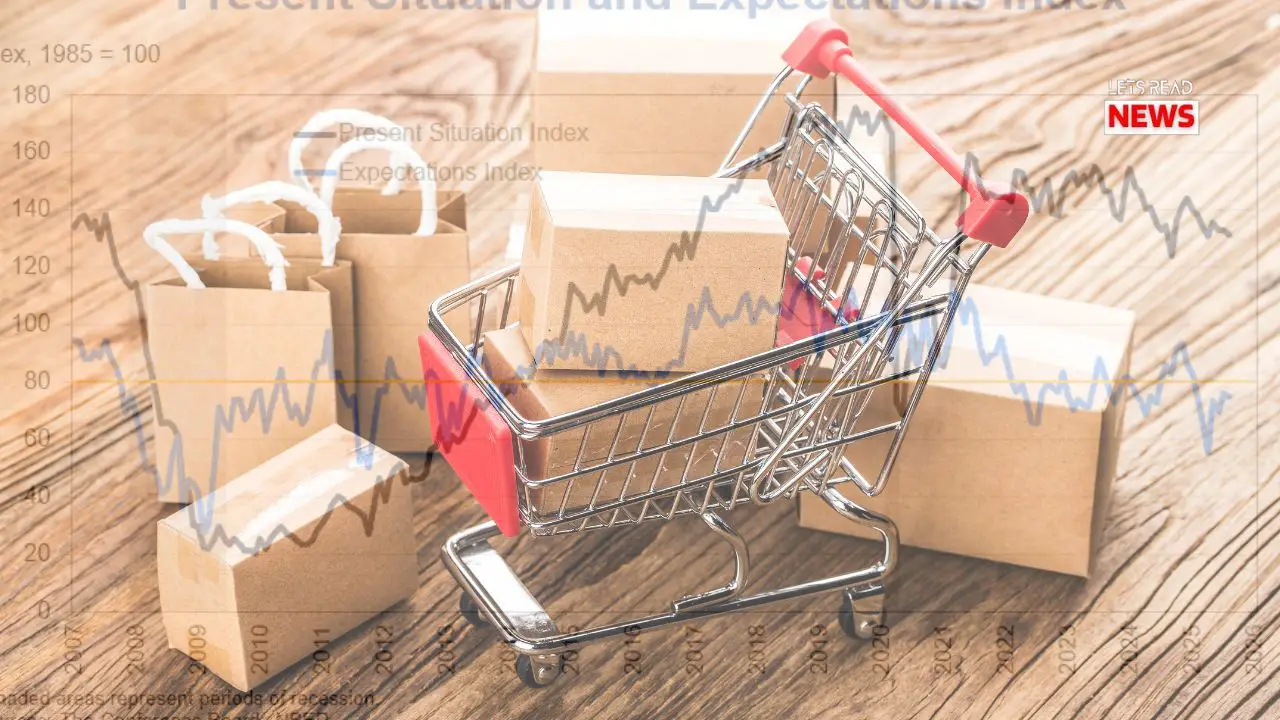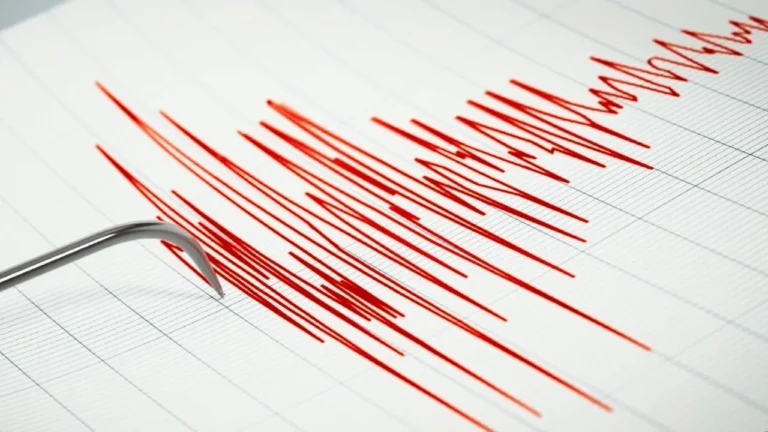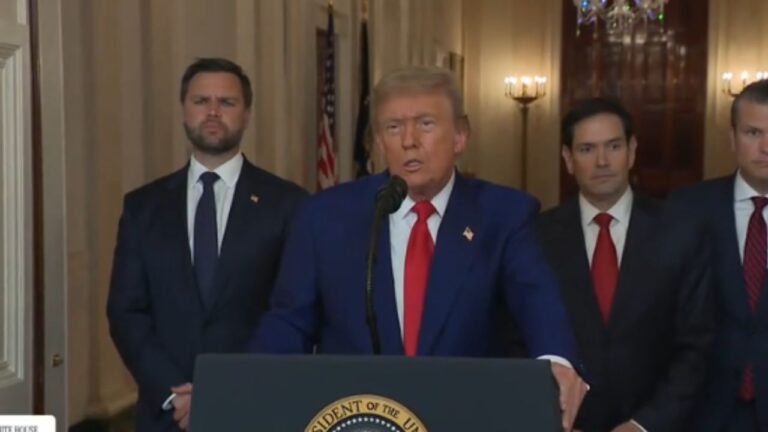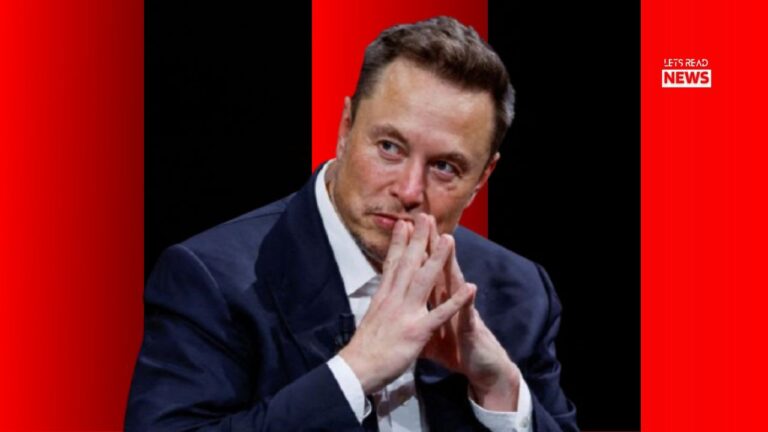U.S. Consumer Confidence Dips in August 2025: Jobs, Prices, and Tariffs Fuel Recession Fears

In August 2025, U.S. consumer confidence took a modest but notable hit, dropping to 97.4 from 98.7 in July, according to The Conference Board’s Consumer Confidence Index®. This decline, though slight, reflects growing unease among Americans about the economy, driven by concerns over a weakening job market, rising prices, and the impact of sweeping new tariffs. With the Expectations Index lingering below the critical threshold of 80, recession fears are mounting. This article explores the factors behind this dip and what it could mean for the U.S. economy in the months ahead.
A Snapshot of the Decline

The Conference Board reported that its Consumer Confidence Index® fell by 1.3 points in August, settling at 97.4 (1985=100). The Present Situation Index, which measures consumers’ views on current business and labor market conditions, dropped by 1.6 points to 131.2. Meanwhile, the Expectations Index, reflecting short-term outlooks for income, business, and jobs, fell by 1.2 points to 74.8—well below the 80-point mark that often signals a looming recession. This data, collected through August 20, 2025, aligns with economists’ forecasts but underscores persistent economic anxiety.
Key Drivers of Consumer Unease
Weakening Job Market
The U.S. labor market has shown signs of deterioration throughout 2025, contributing significantly to the decline in consumer confidence. In July, employers added only 73,000 jobs, far below the 115,000 expected by analysts, and revisions to May and June figures cut an additional 258,000 jobs from prior estimates. The unemployment rate ticked up to 4.2% from 4.1%, and job vacancies dropped to 7.4 million in June from 7.7 million in May. Fewer people are quitting their jobs, a sign of waning confidence in finding better opportunities elsewhere. These trends have fueled consumer concerns about job security and economic stability.
Rising Prices and Inflation Expectations
Inflation remains a top concern for consumers, with The Conference Board noting a rise in references to high prices, particularly for food and groceries, in August survey responses. Consumers’ average 12-month inflation expectations climbed to 6.2% in August, up from 5.7% in July, signaling fears of persistent price pressures. While consumer-level prices held steady from June to July, a surge in wholesale inflation last month suggests that higher costs may soon hit households. Economists point to President Donald Trump’s tariffs as a key driver of these inflationary pressures.
Tariffs and Economic Uncertainty
The rollout of new tariffs on nearly 70 countries has amplified consumer fears. The Conference Board’s survey highlighted increased mentions of tariffs, often linked to concerns about rising prices. These tariffs, which began in April 2025, have disrupted business planning and raised costs for imported goods, with economists warning of broader economic fallout. Federal Reserve Chair Jerome Powell noted in July that tariffs could “push up prices and weigh on economic activity,” a sentiment echoed by consumers who fear higher costs for everyday items like appliances and electronics.
Recession Signals and Consumer Behavior
The Expectations Index’s persistent position below 80 is a worrying sign, as it has historically been a reliable predictor of economic downturns. The share of consumers expecting a recession within the next 12 months rose to its highest level since April 2025, when the tariff rollout began. Despite this gloom, consumer spending hasn’t collapsed. Intentions to buy cars, both new and used, increased in August, and plans to purchase services like financial planning and home maintenance also rose. However, demand for big-ticket items like TVs and tablets weakened, and vacation plans, both domestic and international, saw a decline. This mixed behavior suggests consumers are cautiously adjusting their spending in response to economic uncertainty.
Economic and Policy Context
The broader economic environment adds complexity to the consumer confidence picture. The Federal Reserve held interest rates steady at 4.25%-4.50% in July, with policymakers forecasting two rate cuts in 2025 but expressing concern about tariff-driven inflation. Economic growth projections have been downgraded, with the Fed estimating 1.7% GDP growth for 2025, down from 2.1% previously. Economists in a Reuters poll have slashed their 2025 growth outlook to 1.5%, with a 45% chance of a recession in the next 12 months. President Trump’s on-again, off-again tariff policies have sown confusion, further eroding business and consumer confidence.
The firing of Bureau of Labor Statistics Commissioner Erika McEntarfer in August, following a disappointing jobs report, has also heightened perceptions of economic instability. While unemployment remains historically low at 4.2%, the combination of slower job growth, fewer vacancies, and policy uncertainty is weighing heavily on consumers.
What Lies Ahead?
The dip in consumer confidence in August 2025 reflects a confluence of challenges: a softening labor market, rising inflation expectations, and the disruptive effects of tariffs. While the economy has avoided widespread job losses and consumer spending remains resilient in some areas, the persistent weakness in the Expectations Index and growing recession fears suggest caution. As Stephanie Guichard, Senior Economist at The Conference Board, noted, “Consumer confidence dipped slightly in August but remained at a level similar to those of the past three months.” However, with inflation expectations rising and tariffs likely to push prices higher, the risk of a broader economic slowdown looms large.
Consumers are adapting by prioritizing essential purchases and services while scaling back on discretionary spending. The coming months will be critical, with upcoming jobs data and the Federal Reserve’s next moves likely to shape economic sentiment. For now, Americans are bracing for uncertainty, with jobs, prices, and tariffs at the forefront of their concerns.
Conclusion
The modest decline in U.S. consumer confidence in August 2025 underscores growing unease about the economy’s trajectory. A weakening job market, persistent inflation fears, and the ripple effects of tariffs are driving consumer caution, with recession signals flashing brighter. While some spending resilience remains, the outlook is uncertain. Policymakers, businesses, and consumers alike will need to navigate this challenging landscape carefully, as the specter of a slowdown looms. Stay informed, and let’s see where the economy heads next.
Read More






